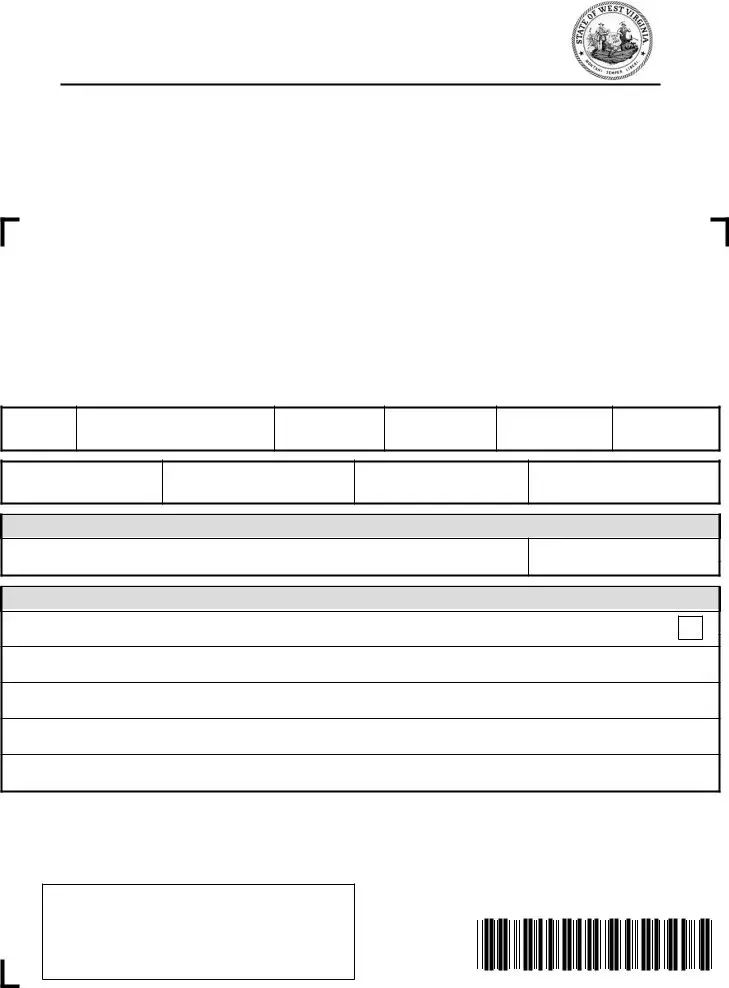Who needs to file the West Virginia Estimated Tax form?
Individuals who expect to owe at least $600 in state tax when filing their annual income tax return in West Virginia must file the Estimated Tax form. This requirement applies not only to residents but also to non-residents with income sourced from West Virginia. The aim is to ensure that taxpayers evenly spread their tax payments throughout the year instead of paying a lump sum at the end of the tax year.
How do I calculate the amount I need to pay for my estimated taxes?
The calculation for your estimated taxes is based on an instruction brochure (Form IT-140ESI) available at www.tax.wv.gov. This guide provides detailed steps to help you estimate your tax liability. You should calculate your expected adjusted gross income, taxable income, taxes, deductions, and credits for the year. The form requires you to pay at least the minimum calculated amount to avoid penalties. However, if you prefer, you can pay more than the minimum required amount.
What are the due dates for estimated tax payments in West Virginia?
The due dates for estimated tax payments typically follow a quarterly payment schedule. Although specific dates can vary slightly from year to year, payments are generally due April 15th for the first quarter, June 15th for the second quarter, September 15th for the third quarter, and January 15th of the following year for the fourth quarter. If you are not a calendar year taxpayer, refer to the provided instructions to determine the appropriate payment dates for your fiscal year.
How should I submit my estimated tax payment?
Estimated tax payments can be submitted via mail to the State Tax Department Tax Account Administration Division - EST, at P.O. Box 342, Charleston, WV 25322-0342. Additionally, West Virginia offers an online filing and payment option through its website at https://mytaxes.wvtax.gov. This method provides a convenient way to manage and make your tax payments securely.
What should I do if my address changes after I have filed my estimated tax?
If you experience a change in your address after filing your estimated tax, it is important to notify the West Virginia State Tax Department. You can do this by checking the "Change of Address" box on the estimated tax form and providing your new name(s), mailing address, city, state, and zip code. Keeping your address current ensures that you receive all necessary tax correspondence and avoids potential issues with your tax account.
